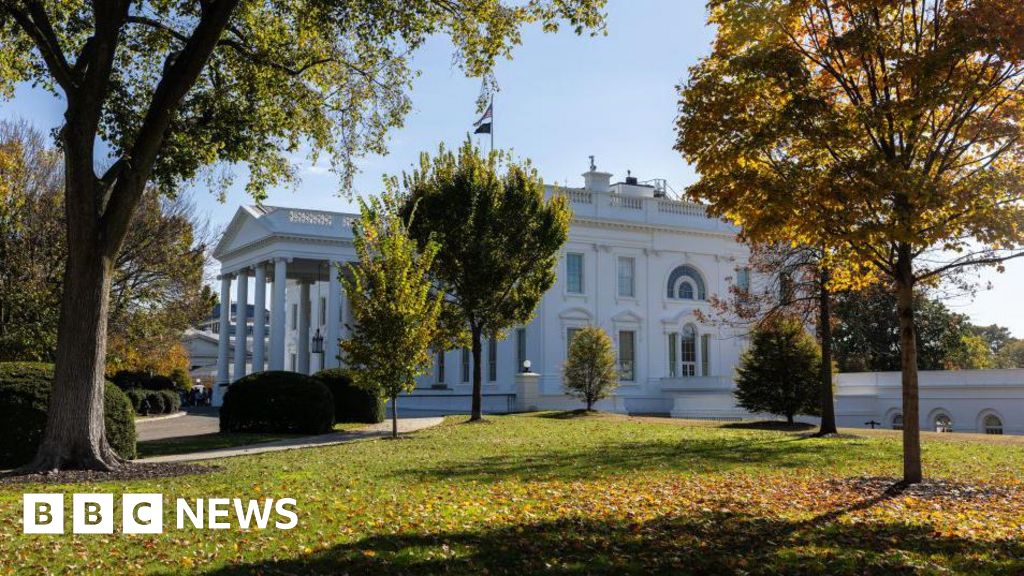‘Formidable’ lake effect snow bands could slam parts of Upstate NY this weekend
Posted on 11/27/2024
Update: The story has been updated to reflect the newly issued lake effect snow warnings for Western New York and the Tug Hill plateau.
Syracuse, N.Y. – The first true taste of winter could bring “formidable” lake effect snow to parts of Upstate New York this weekend, the National Weather Service said.
“Multiple feet” of lake effect snow is possible in Western New York and the Tug Hill plateau, according to the weather service.
“Formidable lake effect snow bands and snow showers will develop east and southeast of the Great Lakes, resulting in significant accumulations and drifting snow in the hardest hit areas,” the weather service said.
Lake effect snow warnings have now been issued for Tug Hill and the counties south of Buffalo from 7 a.m. Friday to 7 p.m. Monday.
Snow in the most intense lake effect bands could fall at a rate of 2 inches per hour, and multiple feet of snow are possible.
The worst spots for driving will likely be I-90 between Cleveland and Buffalo, and I-81 north of Syracuse. Winds gusting up to 30 mph will make for low visibility on the roads.
“Travel could be very difficult to impossible with very poor visibility and deep snow cover on roads,“ the weather service office in Buffalo said. ”Some major roadways could temporarily close.”
The lake effect snow warnings go into effect Friday morning for Cattaraugus, Chautauqua, Wyoming and southern Erie counties in Western New York, south of Buffalo; and Oswego, Lewis and Jefferson counties, on the Tug Hill plateau.
Northern Erie County, which includes the Buffalo Bills’ Highmark Stadium in Orchard Park, will be under a winter storm watch from Saturday morning through Sunday night. Seven inches of snow could fall during that time, the watch said.
The Bills will play host to the San Francisco 49ers at 8:20 p.m. Sunday.
By Monday, winds could shift and come from the northwest. If that happens, lake effect snow could reach all the way from the Georgian Bay into Central New York and even the Southern Tier, the weather service said.
The exact positions of narrow lake effect snow bands are very hard to predict several days ahead of time.
Late November and early December is prime lake effect snow season because the Great Lakes are still warm and mostly ice-free. Cold winds blowing down from Canada scoop up moisture from the warm lakes and drop it as snow as winds blow over relatively colder land.
Lake Erie’s water surface temperature is 51 degrees today, 6 degrees above the long-term average for Nov. 27. Lake Ontario is also 51 degrees, but the weather service doesn’t keep historical data. That’s because Lake Ontario is so deep -- up to 800 feet -- that cold water upwelling during strong winds causes the temperature to fluctuate greatly at weather service’s official measuring spot near Rochester.
Surface temperature of the Great Lakes is one essential ingredient for lake effect snow, but not the only one. To generate big lake effect snowstorms, winds must come from the west or northwest, and the air blowing over the lakes has to be cold enough.
Syracuse, N.Y. – The first true taste of winter could bring “formidable” lake effect snow to parts of Upstate New York this weekend, the National Weather Service said.
“Multiple feet” of lake effect snow is possible in Western New York and the Tug Hill plateau, according to the weather service.
“Formidable lake effect snow bands and snow showers will develop east and southeast of the Great Lakes, resulting in significant accumulations and drifting snow in the hardest hit areas,” the weather service said.
Lake effect snow warnings have now been issued for Tug Hill and the counties south of Buffalo from 7 a.m. Friday to 7 p.m. Monday.
Snow in the most intense lake effect bands could fall at a rate of 2 inches per hour, and multiple feet of snow are possible.
The worst spots for driving will likely be I-90 between Cleveland and Buffalo, and I-81 north of Syracuse. Winds gusting up to 30 mph will make for low visibility on the roads.
“Travel could be very difficult to impossible with very poor visibility and deep snow cover on roads,“ the weather service office in Buffalo said. ”Some major roadways could temporarily close.”
The lake effect snow warnings go into effect Friday morning for Cattaraugus, Chautauqua, Wyoming and southern Erie counties in Western New York, south of Buffalo; and Oswego, Lewis and Jefferson counties, on the Tug Hill plateau.
Northern Erie County, which includes the Buffalo Bills’ Highmark Stadium in Orchard Park, will be under a winter storm watch from Saturday morning through Sunday night. Seven inches of snow could fall during that time, the watch said.
The Bills will play host to the San Francisco 49ers at 8:20 p.m. Sunday.
By Monday, winds could shift and come from the northwest. If that happens, lake effect snow could reach all the way from the Georgian Bay into Central New York and even the Southern Tier, the weather service said.
The exact positions of narrow lake effect snow bands are very hard to predict several days ahead of time.
Late November and early December is prime lake effect snow season because the Great Lakes are still warm and mostly ice-free. Cold winds blowing down from Canada scoop up moisture from the warm lakes and drop it as snow as winds blow over relatively colder land.
Lake Erie’s water surface temperature is 51 degrees today, 6 degrees above the long-term average for Nov. 27. Lake Ontario is also 51 degrees, but the weather service doesn’t keep historical data. That’s because Lake Ontario is so deep -- up to 800 feet -- that cold water upwelling during strong winds causes the temperature to fluctuate greatly at weather service’s official measuring spot near Rochester.
Surface temperature of the Great Lakes is one essential ingredient for lake effect snow, but not the only one. To generate big lake effect snowstorms, winds must come from the west or northwest, and the air blowing over the lakes has to be cold enough.
Comments( 0 )
0 0 4
0 0 4
0 0 2





















